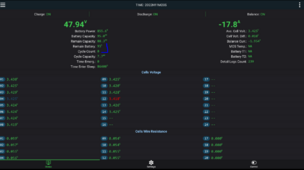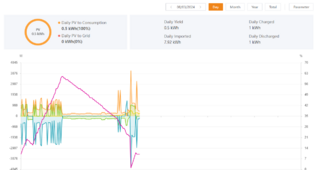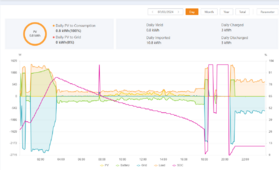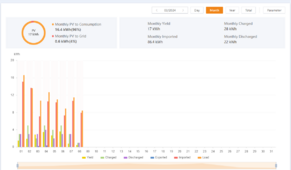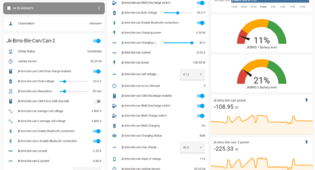every time you set the bat capacity, the SOC will be gone
i´m on a hurry leaving for this weekend - maybe could have a look on sunday on your topic
consider to use the full capacity on the BMS (0-100% from UVP to OVP) and then use the SoC from 15-90% in your inverter settings.
Otherwise you will run in the bms protection again and again
(maybe i´m wrong, and i did not get how you want it to be)
But those SOC vertical jumps are non-physical ... Granted he has a relatively small capacity, but it should NOT be a vertical line like that ...
Unless he changed capacity multiple times (but is it reset to 100% SOC when you change the capacity setting in the JK BMS app ???).
The SOC jumping to zero could be a result of a cell hitting UVP indeed.
Another possibility is that you have a VERY UNBALANCED pack. SOC is determined by the LOWEST SOC / capacity cell. That's the one that will hit OVP respectively UVP first, all other things being equal.
So maybe it's linear until 25% then all of a sudden one cell drops (lower steep SOC vs voltage characteristic) ?
It's still IMHO a sign that the cell was NOT left in a high SOC/voltage so that the algorithm could reset. As I said, I experienced this one time as well, whereby the "real" SOC would drop over time, while the "indicated" SOC would still show fully charged.
Did you try to do a Change of Capacity (again ?), FULLY charge (I don't mean necessarily more than 3.50-3.55 V/cell, that should be enough),
let all cells get balanced (again, at 3.50-3.55 V/cell, for me it took 36 hours), then let it start to operate.
?



